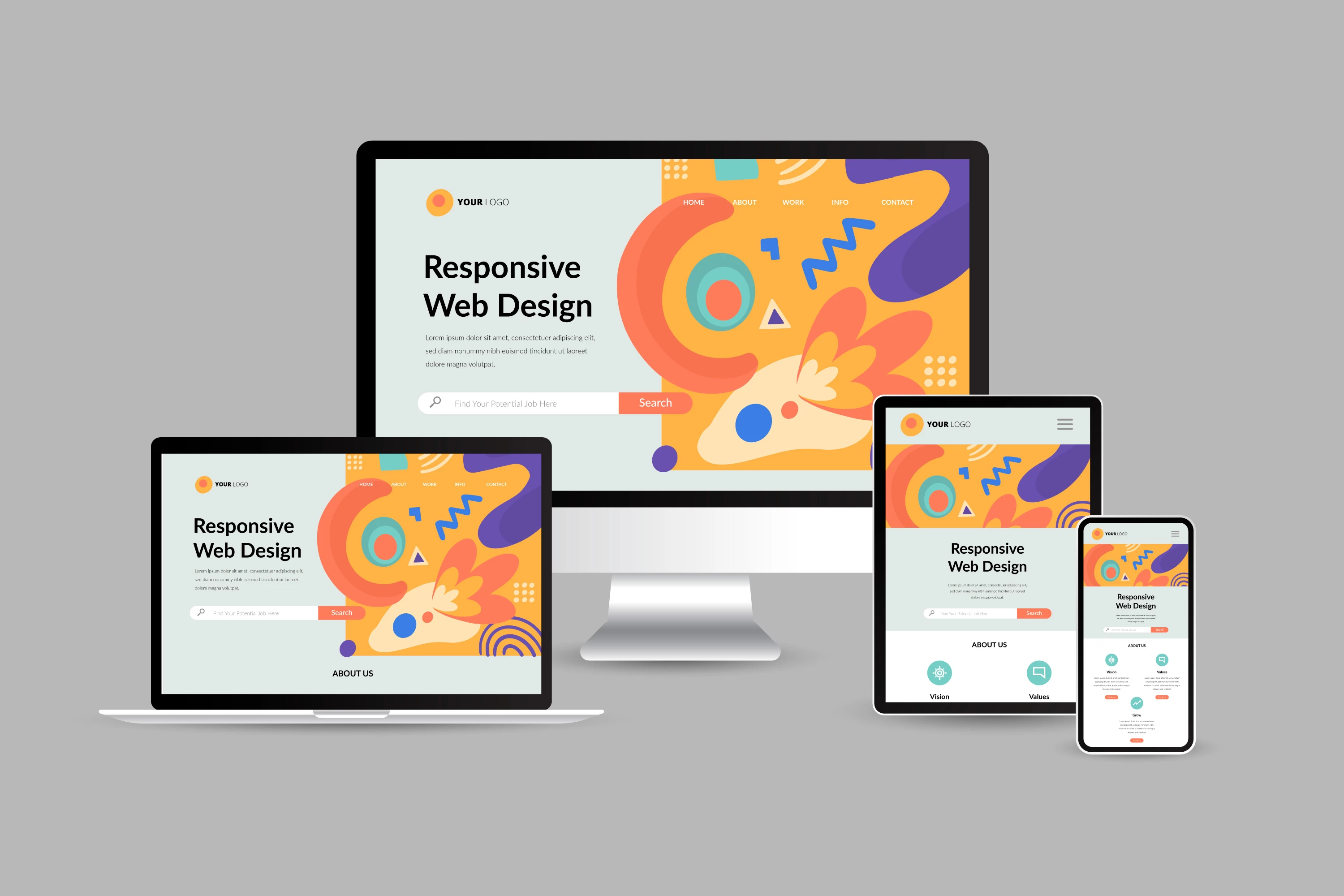Top Tips for Producing an Impactful Internet Site Layout That Transforms
To achieve this, one have to take into consideration a range of elements, including understanding the target audience, focusing on individual experience, and maximizing for mobile platforms. The critical usage of compelling call-to-actions and a distinct visual hierarchy plays a vital duty in guiding customers via their trip.

Understand Your Target Target Market
Comprehending your target market is fundamental to effective web site design, as it prepares for creating an engaging individual experience. Determining who your customers are, including their demographics, preferences, and habits, enables developers to customize the website's content, design, and capability to fulfill specific needs.
Carrying out detailed marketing research is crucial in this process. Surveys, interviews, and analytics can offer useful understandings into user expectations and pain points. By compiling this data, designers can produce user personalities that stand for various sectors of the target market, ensuring that layout decisions are notified and pertinent.
In addition, comprehending the target market aids in picking proper design components such as color design, typography, and images that reverberate with individuals. A site that speaks straight to its target market promotes a sense of connection and trust, encouraging longer sees and greater conversion prices.
Eventually, a user-centered approach to site style not just improves user complete satisfaction yet likewise supports organization goals by driving engagement and loyalty. By prioritizing the demands and choices of the target market, a website can efficiently serve its purpose and achieve preferred results.
Prioritize Customer Experience
To enhance the total performance of an internet site, focusing on customer experience (UX) is crucial (Website Design). A well-designed UX guarantees that site visitors can navigate the website effortlessly, locate info quickly, and involve with material meaningfully. This results in enhanced customer satisfaction and greater conversion rates
Begin by implementing user-friendly navigating. Menus ought to be realistically structured, enabling users to situate essential areas of the site with very little effort. Uniformity in design elements, such as color pattern and fonts, promotes familiarity, which is essential for keeping individual engagement.
Furthermore, think about the packing speed of your website. A hold-up of just a few seconds can cause significant drop-offs, as users are much less likely to wait for a slow-loading web page. Simplifying photos and enhancing code can boost performance and keep visitors.
Additionally, quality in material discussion is vital. Use concise, engaging language and break up message with visuals to improve readability. By prioritizing user experience, you not just produce a more enjoyable atmosphere for site visitors yet also reinforce your brand name's trustworthiness. Eventually, a focus on UX is an investment in the long-lasting success of your site.
Maximize for Mobile Tools
Maximizing for smart phones is crucial in today's digital landscape, where an enhancing variety of individuals accessibility websites via mobile phones and tablet computers. A mobile-friendly style not just improves customer experience but additionally plays a considerable role in improving internet search engine positions. To attain this, it is necessary to embrace a receptive style that automatically adapts to numerous screen dimensions and alignments.

Filling speed is another critical variable; mobile users are generally less individual and expect quick accessibility to information. By prioritizing mobile optimization, you guarantee that your website continues to be affordable and effectively engages a wider target market.
Usage Engaging Call-to-Actions
An internet site's effectiveness frequently depends upon its ability to guide site visitors toward wanted activities, making engaging call-to-actions (CTAs) essential elements of design. CTAs function as the pivotal points that route individuals to involve with the website, whether that implies purchasing, registering for a newsletter, or downloading a source.
To develop efficient CTAs, clarity is vital. Usage succinct language that clearly interacts the activity you want the user to take.
Additionally, take into consideration utilizing directional cues, such as arrows or pictures, to assist users toward these switches. By focusing on these elements, services can significantly improve user involvement, driving conversions and inevitably attaining their site's goals.
Emphasis on Visual Power Structure
Efficient web site style relies greatly on a well-structured visual hierarchy that overviews users via material perfectly. By organizing components in a way that focuses on info, developers can enhance user experience and facilitate decision-making. This includes utilizing size, color, contrast, and spacing purposefully to draw interest to one of the most vital parts of a website.
Making use of larger font styles for headings and subheadings develops a clear distinction between various areas, allowing customers to scan content easily. Additionally, employing different colors for buttons and calls-to-action can catch customer focus and urge communication. Whitespace is another necessary part; it protects against mess and allows users to focus on essential messages without distractions.
Pictures and graphics should enhance the message while additionally adhering to the well-known power structure, strengthening the overall message (Website Design). Consistency in layout elements, such as color pattern and Discover More Here typography, further reinforces the visual pecking order, making navigating user-friendly

Final Thought
In final thought, effective site style demands a detailed understanding of the target audience, prioritization of user experience, and mobile optimization. Eventually, a well-executed site layout offers as a critical element in driving user activities and attaining service objectives.